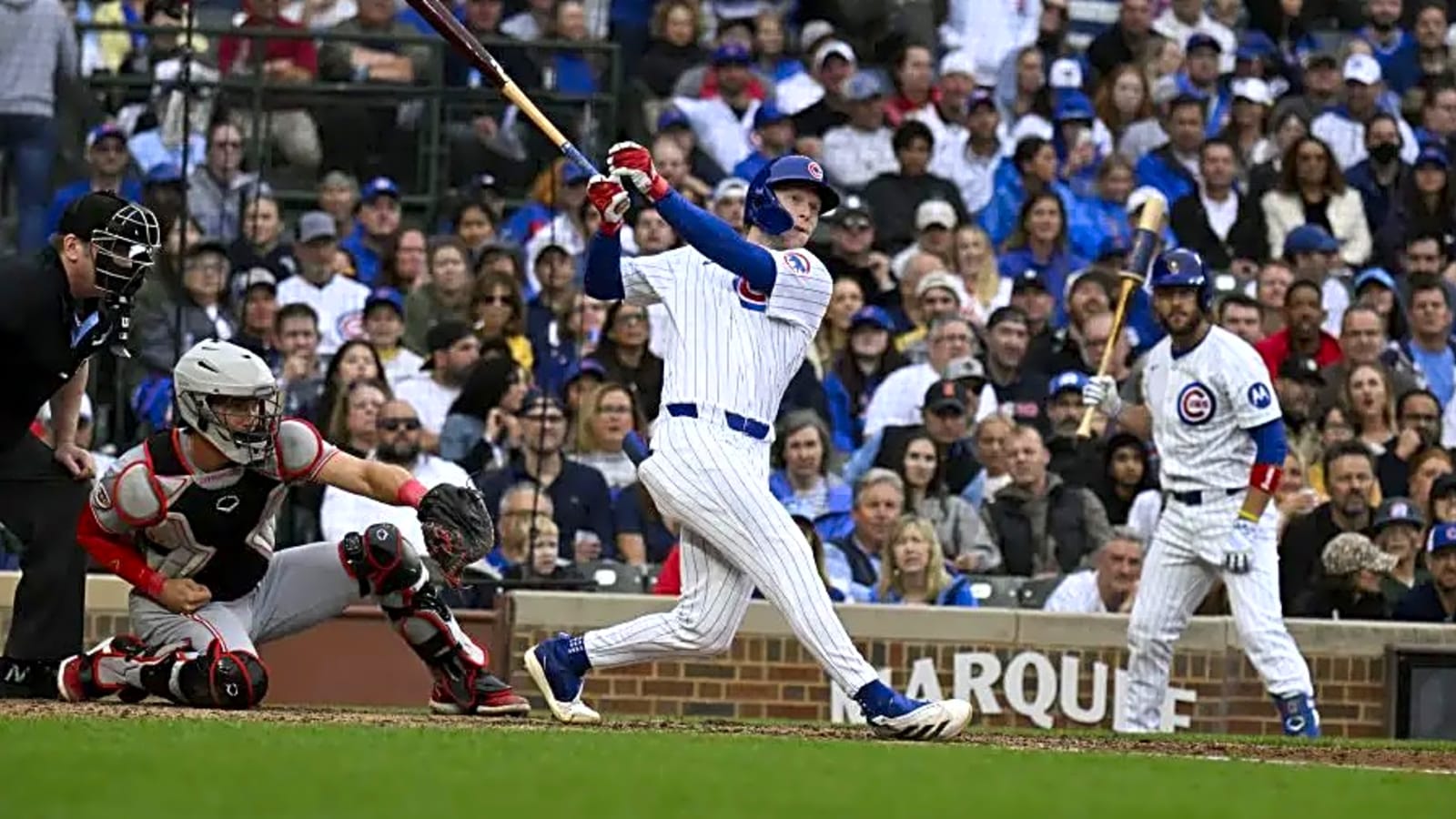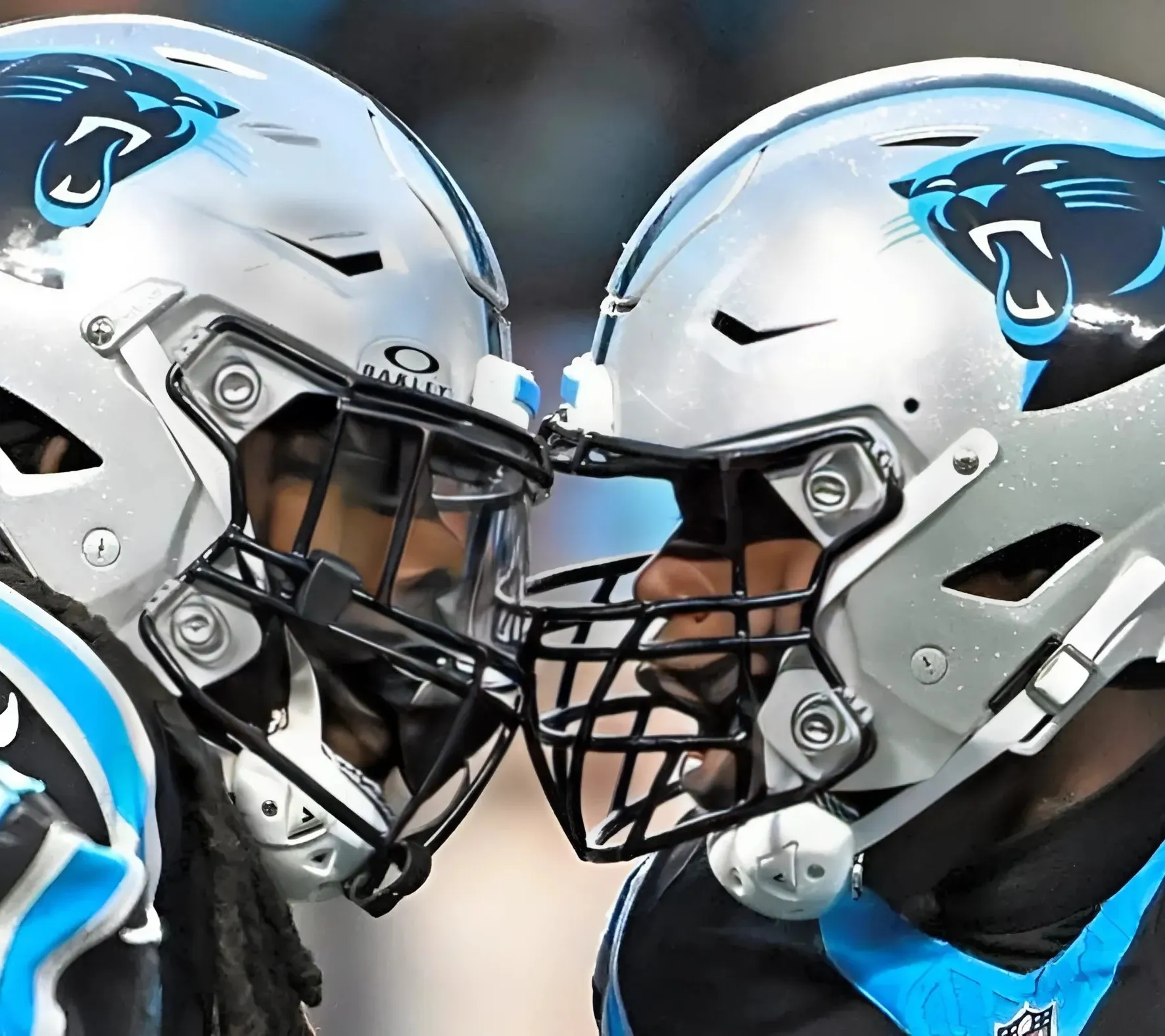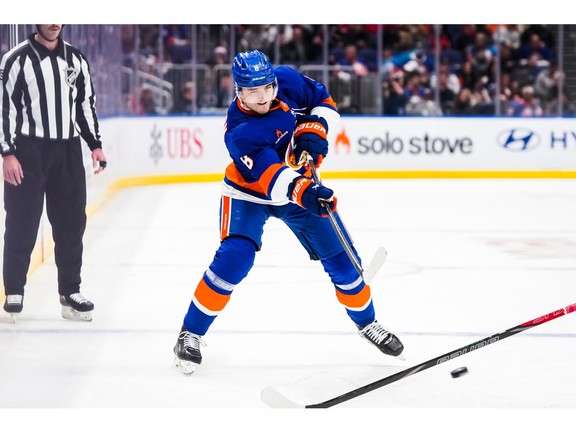The Chicago Cubs unwittingly averted a disaster when they settled on acquiring second-or-third choice Pete Crow-Armstrong in their deal with the New York Mets at the 2021 trade deadline.

The Cubs had spent a considerable amount of time and energy back in the 2021 season purging themselves of contracts, free agent headaches, and under-performing veterans.
After non-tendering Kyle Schwarber and trading Yu Darvish prior to the start of the season, the Cubs traded away key World Series figures Anthony Rizzo, Kris Bryant, and Javier Baez. They would also deal Craig Kimbrel, Joc Pederson, and Andrew Chafin at, or near, the trade deadline.
And while the quality of return for those talents in the great purge can be debated, there’s zero doubting the value of one of them– Crow-Armstrong.
The New York Mets’ 2020 no. 1 draft pick was traded to the Cubs for shortstop Javier Baez, pitcher Trevor Williams, and cash consideration.
After some early rough times and a false career start or two, “PCA” has nudged himself closer to being the self-actualized multi-tool star scouts and analysts predicted him to be, recently named Cubs Player of the Month for April.
The Chicago Cubs Were Set On Another Mets Prospect In Baez Trade
But if the Cubs had gotten their way back in 2021, that young asset would still be with the Mets and they’d be sitting here, all these years later, with almost nothing to show for their deadline deal.
In an article at The Athletic, MLB insider Ken Rosenthal chronicles the trade path of PCA and how the deal that brought him to his father’s favorite team almost didn’t get made.
According to Rosenthal, the Cubs had targeted top Mets pitching prospect Matt Allan in the Baez deal. Despite Allan having recently had Tommy John surgery, the Mets refused to trade him and the Cubs eventually settled on Crow-Armstrong, who, as a 19-year-old with very minimal pro experience, was recovering from shoulder surgery.
“We were really fortunate. If he’s playing, we’re never getting him,” Cubs president of baseball operations Jed Hoyer told Rosenthal. “His defensive numbers would have been great, and they probably would have said no.”
Doubts About Crow-Armstrong

While PCA was very well-regarded and a Top 100 prospect at the time, he was by no means a highly sought after trade target as the Mets looked to give up some young talent for someone who could help them in their playoff push that season.
“Only two clubs ever brought his name up,” Mets acting GM Zack Scott told Rosenthal. “Texas asked for him for (Joey) Gallo, who had 1 1/2 years of control, but the New York fit scared me. The Cubs were pushing for a different prospect (Allan) and were mixed on PCA.”
Crow-Armstrong’s young age and injury status gave pause to teams, as well as the debate over how well he’d be able to consistently hit major league pitching.
Cubs Were Fortunate In Getting Second Choice

Still, the Mets weren’t all that enthused about sending him off.
“I didn’t want to give him up, but the team deserved reinforcements at the deadline, PCA was hurt — out for the season — but we really liked him,” said former New York Mets president Sandy Alderson.
Corner infield prospect Mark Vientos, who has now settled in as the Mets’ third baseman, was another name the Cubs had kicked around, before settling on Crow-Armstrong.
At any rate, the Cubs dodged a bullet in NOT getting their primary trade target, Allan.
The 24-year-old right-hander had two more elbow surgeries since the 2021 Tommy John procedure and is, just now, throwing his first pitches at Low-A ball in the Mets organization after missing about 6 years.
PCA, meanwhile, is proving himself to be one of the most dynamic talents in all of baseball.



-1749803457-q80.webp)